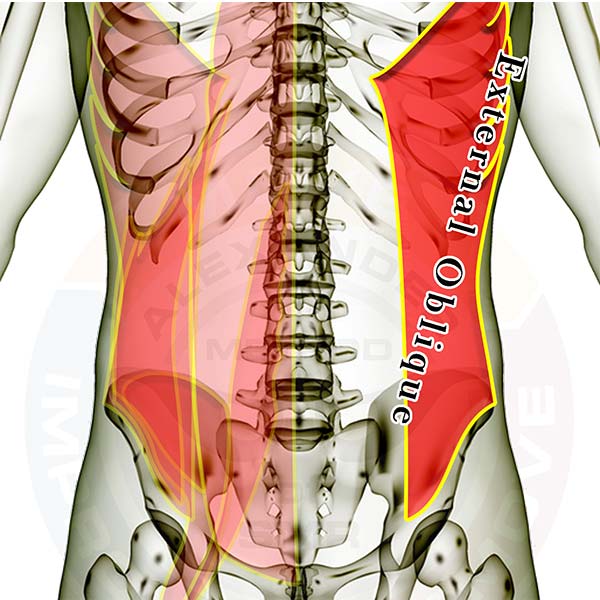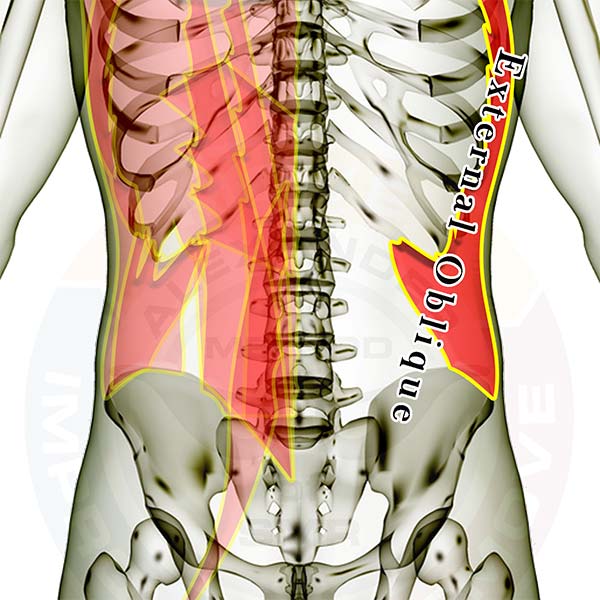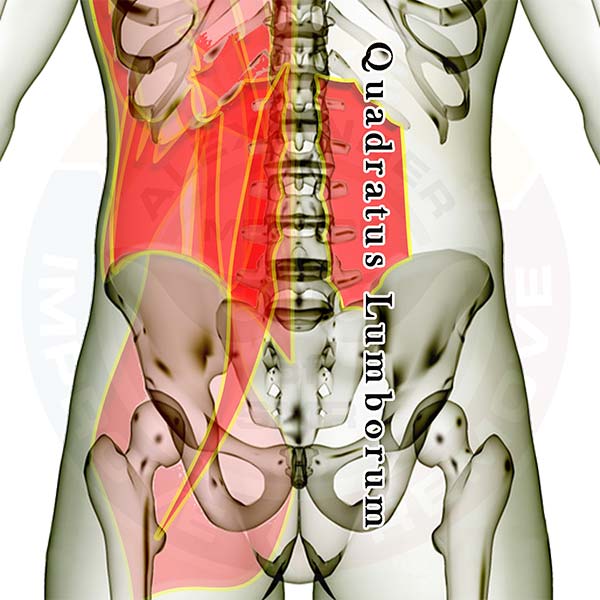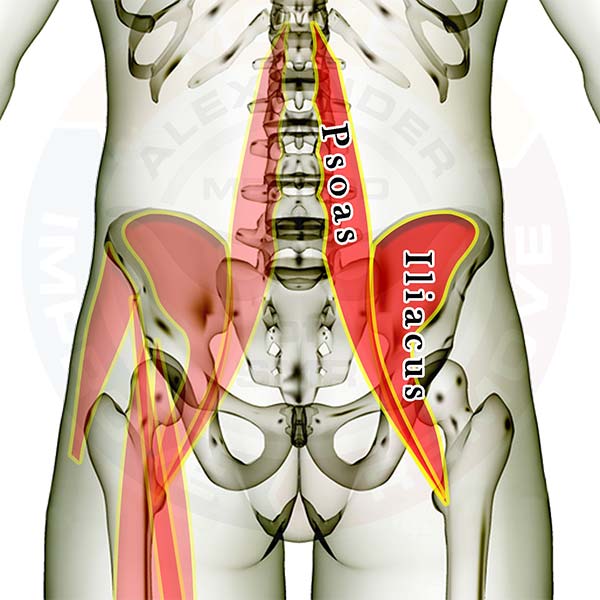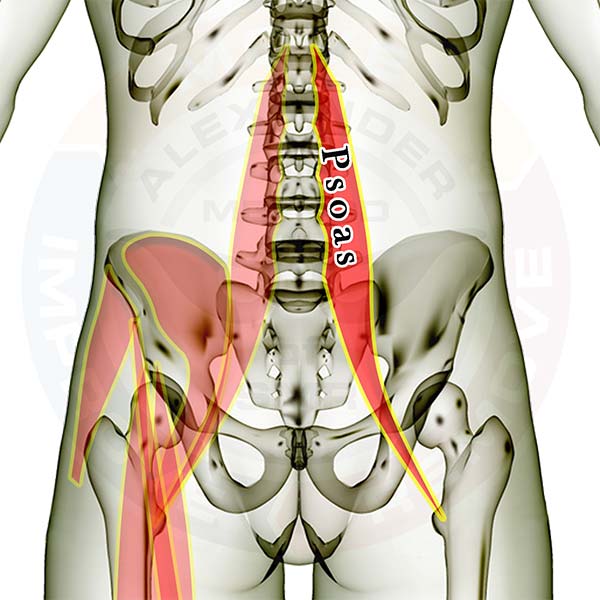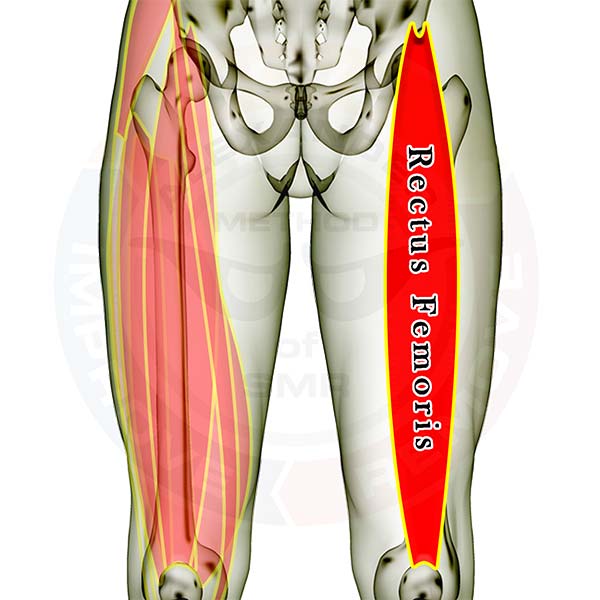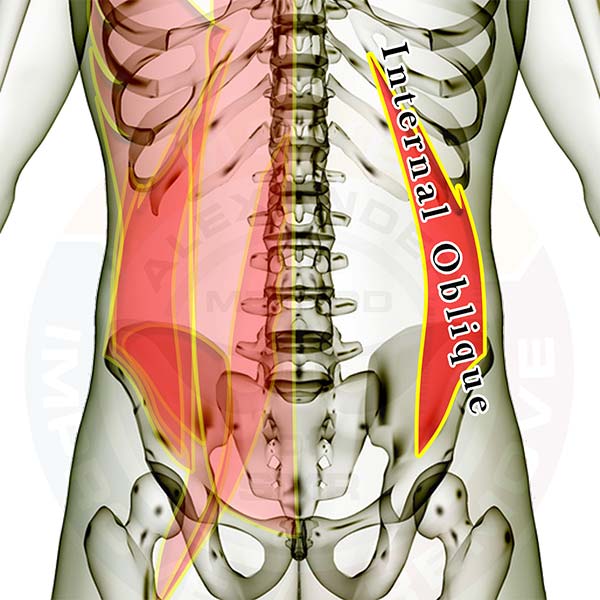
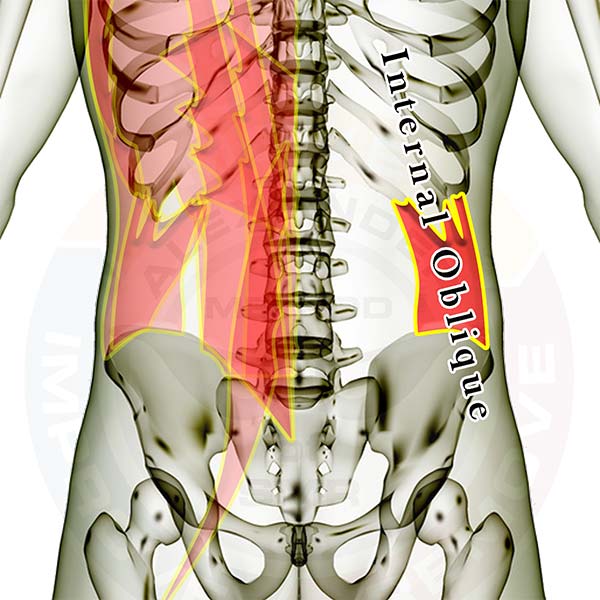
Pictured above is the internal oblique muscle. It twists your torso and pulls your ribs toward the top of the back of your hip bone. It works with the other core muscles primarily to stabilize the abdominal region and hold your spine steady while you move your body or lift something. You will likely need to stretch and practice SMR on the internal oblique on the back of your body on the side you most often twists TOWARDS. Additionally, be sure to check the PSOAS in particular, as it is EXTREMELY LIKELY to have knots that need attention.
The muscles are layered, showing how some of the muscles are covered by the others. All of the muscles are see-through so that you can appreciate the location and size of each muscle relative to the others.
Click here for a list of all the muscles.
Click your area of interest below. (any inactive links will be active soon)
Muscles that attach to the hip and the spine and/or ribs
- Rectus Abdominus
- External Abdominal Oblique
- Internal Abdominal Oblique
- Transverse Abdominus
- Latissimus Dorsi
- Iliocostalis Lumborum
- Longissimus Thoracis
- Quadratus Lumborum
- Multifidi
Muscles that attach to the thigh bone from either the spine or hip bone above (attached anywhere on the femur)
- Psoas
- Iliacus
- Rectus Femoris
- Tensor Fasciae Latae
- Sartorius
- Gracilis
- Adductor Magnus
- Adductor Longus
- Adductor Brevis
- Pectineus
- Gluteus Maximus
- Gluteus Medius
- Gluteus Minimus
- Piriformis
- Superior Gemellus
- Obturator Internus
- Inferior Gemellus
- Quadratus Femoris
- Biceps Femoris - Long Head
- Semitendonosis
- Semimembranosis
Good luck working out those tight knots.
If you have any questions, please post a comment. We try to respond within 24 hours.
We're here to help you get more out of your training!

